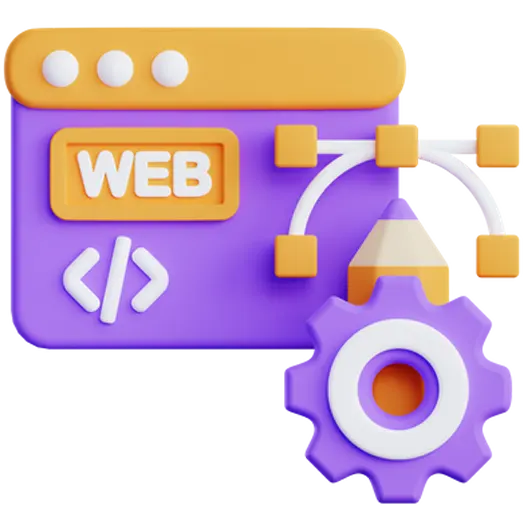
Why Every Developer Needs a Personal Portfolio Website
In today’s competitive tech landscape, simply having a strong resume isn’t always enough to stand out. As a developer, you need to showcase your skills, projects, and passion in a tangible way. A personal portfolio website provides the perfect platform to do just that. It’s more than just an online CV; it’s a dynamic representation of your capabilities, a constantly evolving testament to your growth and expertise. This article will explore why a personal portfolio is crucial for every developer, regardless of experience level.
Table of Contents
- Showcase Your Skills and Projects
- Stand Out From the Crowd
- Take Control of Your Narrative
- Networking and Opportunities
- A Continuous Learning Platform
- Frequently Asked Questions
- Ready to Build Your Online Presence?
Showcase Your Skills and Projects
A portfolio website allows you to go beyond bullet points on a resume and provide concrete examples of your work. You can:
- Visually display projects: Include screenshots, demos, and links to live projects.
- Detail your contributions: Explain your role, the technologies used, and the challenges you overcame.
- Highlight your expertise: Focus on the areas where you excel and demonstrate your passion.
This visual and detailed approach gives potential employers and clients a much better understanding of your abilities than a traditional resume ever could.
Stand Out From the Crowd
In a sea of qualified developers, a portfolio website can be the deciding factor. It:
- Demonstrates initiative: Creating and maintaining a website shows you’re proactive and passionate about your craft.
- Reflects your personal brand: Design your website to reflect your unique style and personality.
- Provides a competitive edge: Many developers lack a dedicated portfolio, giving you a significant advantage.
Take Control of Your Narrative
Your resume tells a story, but your portfolio allows you to control the narrative. You get to decide:
- What projects to highlight: Focus on projects that showcase your most impressive skills and align with your career goals.
- How to present your work: Craft detailed descriptions and explanations that emphasize your contributions and problem-solving abilities.
- The overall message you want to convey: Use your website to communicate your passion for development and your commitment to excellence.
Networking and Opportunities
A portfolio website is an invaluable tool for networking and attracting new opportunities. It allows you to:
- Share your work with potential employers and clients: Easily provide a link to your website during job applications and networking events.
- Attract inbound inquiries: A well-designed website can attract potential clients and collaborators who are looking for developers with your specific skills.
- Build your online presence: Integrate your website with social media platforms and online communities to expand your reach and connect with other developers.
As we know, “Technology helps businesses grow faster and smarter,” and that also applies to individuals and their career advancement. Your portfolio is your digital growth engine.
A Continuous Learning Platform
Maintaining a portfolio website isn’t just about showcasing your existing skills; it’s also a platform for continuous learning. You can:
- Experiment with new technologies: Use your website as a playground to learn and experiment with new languages, frameworks, and tools.
- Document your learning journey: Share blog posts, tutorials, and other content related to your development experiences.
- Get feedback from the community: Share your website with other developers and solicit feedback on your work.
Frequently Asked Questions
Q: I’m a junior developer with limited experience. Is a portfolio website still necessary?
A: Absolutely! Even with limited experience, you can showcase personal projects, code challenges, and contributions to open-source projects. Your portfolio demonstrates your enthusiasm and commitment to learning, which is highly valuable to potential employers.
Q: What should I include in my portfolio website?
A: At a minimum, include an “About Me” section, details about your skills and experience, descriptions and links to your projects, and a contact form. Consider adding a blog, testimonials, and a resume download link.
Q: What if I don’t have design skills? How can I create a visually appealing portfolio website?
A: There are many readily available website templates and frameworks specifically designed for developers’ portfolios. Tools like React, Angular, or Vue.js, combined with CSS frameworks like Bootstrap or Tailwind CSS, can help you create a professional-looking website even without extensive design experience. You can also hire a designer if your budget allows.
Ready to Build Your Online Presence?
Creating a compelling portfolio website is a crucial step in advancing your career as a developer. It’s an investment that can pay dividends in the form of new opportunities, increased visibility, and a stronger professional brand. If your business needs an efficient website or digital system, contact the Doterb team today. We can help you create a website that showcases your skills and elevates your online presence. Let’s build something amazing together!
